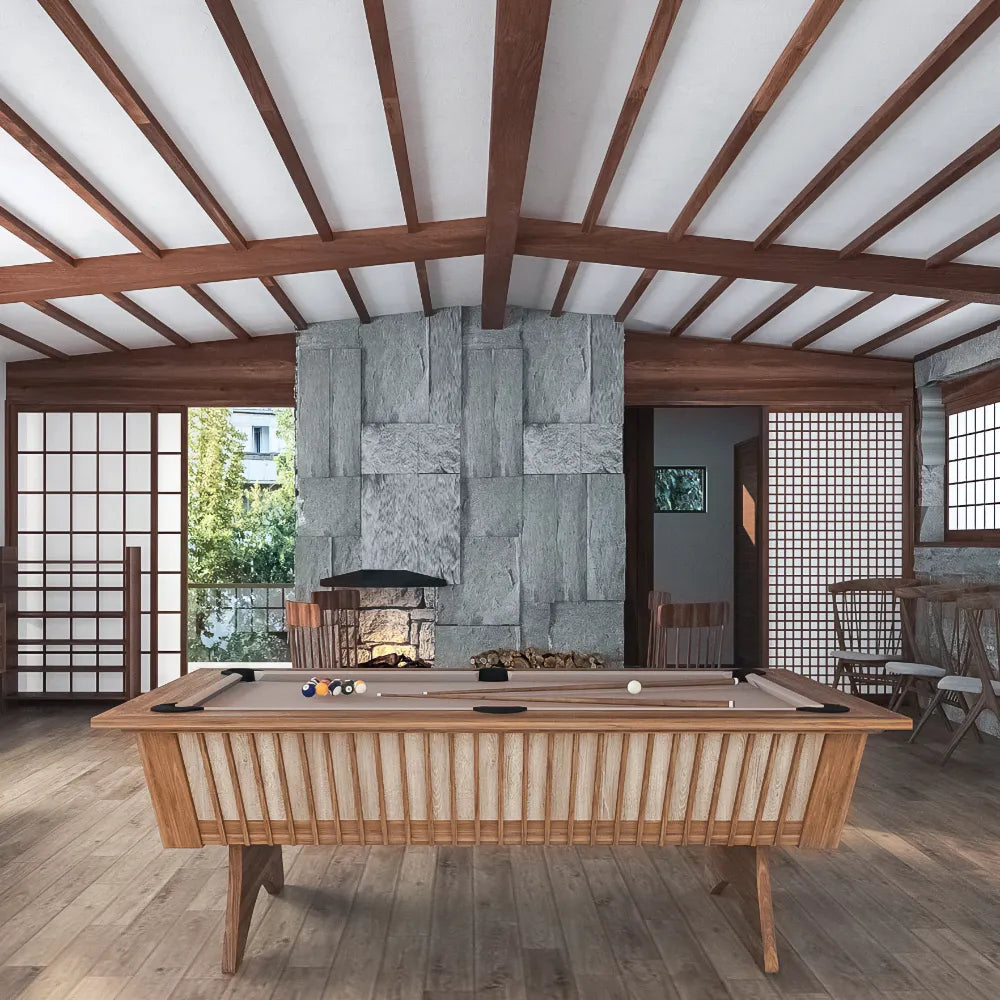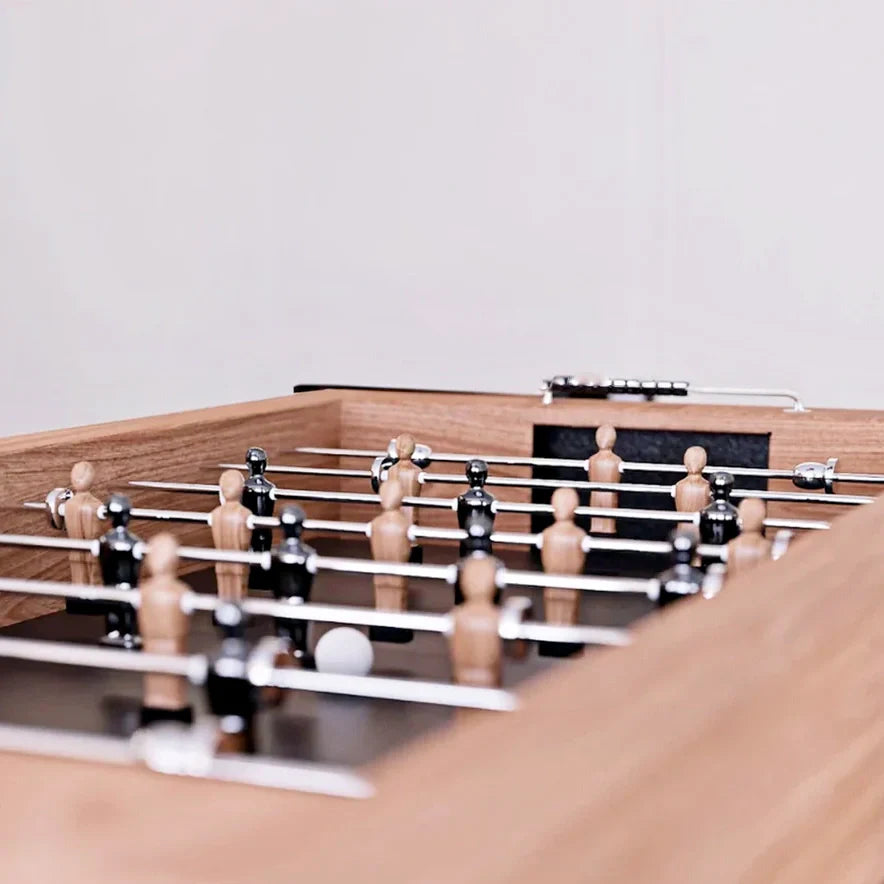Once upon a time, pool halls were vibrant hubs of social interaction and competition, where the clack of balls and the laughter of friends filled the air. However, as we navigate through the 21st century, these establishments have seen a significant decline in popularity. The reasons for this downturn are multifaceted, involving economic shifts, changing leisure preferences, and evolving cultural perceptions.
Economic Factors
The economic landscape has drastically changed since the heyday of pool halls. In the past, playing a game of pool was an affordable pastime for many. Today, rising costs associated with maintaining pool tables and real estate have made it challenging for pool halls to thrive. In urban areas, the cost per square foot for rental space has soared, leading many establishments to either close or pivot to alternative revenue streams like food and drink sales. This shift often relegates pool to a secondary activity rather than the main attraction it once was.
Moreover, the prize money for competitive tournaments has diminished significantly over the years. As payouts have decreased, fewer young players are drawn to the sport professionally. The allure of lucrative careers in other fields has overshadowed the once-promising prospects of professional billiards.
Changing Entertainment Landscape
The rise of digital entertainment has also played a crucial role in the decline of pool hall popularity. With the advent of video games, streaming services, and social media, younger generations are increasingly spending their leisure time indoors rather than in traditional social settings like pool halls. The convenience of online gaming and binge-watching shows has shifted focus away from activities that require physical presence and interaction.
Additionally, cultural perceptions surrounding pool have evolved. Once viewed as a mainstream social activity, it now often carries a stigma linked to seedy environments or gambling. This perception can deter potential new players from engaging with the game in public spaces.
The Impact of COVID-19
The COVID-19 pandemic further exacerbated these trends. Many pool halls faced prolonged closures due to health regulations, leading to a loss of regular clientele and community engagement. Even as restrictions eased, some establishments struggled to recover their former patronage levels. The pandemic accelerated changes in how people socialize, with many opting for smaller gatherings or virtual interactions instead of heading out to crowded venues.
A Glimmer of Hope
Despite these challenges, there remains a passionate community dedicated to keeping the spirit of billiards alive. Local leagues and tournaments continue to foster interest among players of all ages. Some enthusiasts argue that revitalizing interest in pool will require innovative approaches—such as leveraging social media platforms and streaming services to showcase competitions and engage younger audiences.
Furthermore, there is potential for growth in community-based initiatives that emphasize inclusivity and accessibility. Creating environments where people feel welcome—regardless of skill level—can help attract new players and revive interest in this classic pastime.
Conclusion
The decline of pool halls is reflective of broader societal changes that have reshaped how we engage with leisure activities. While economic pressures and shifting cultural perceptions pose significant challenges, there remains hope within dedicated communities striving to adapt and innovate. As we look toward the future, it will be essential to blend nostalgia for the past with new strategies that resonate with contemporary audiences—ensuring that the clack of billiard balls continues to echo through our social spaces for generations to come.





0 comments